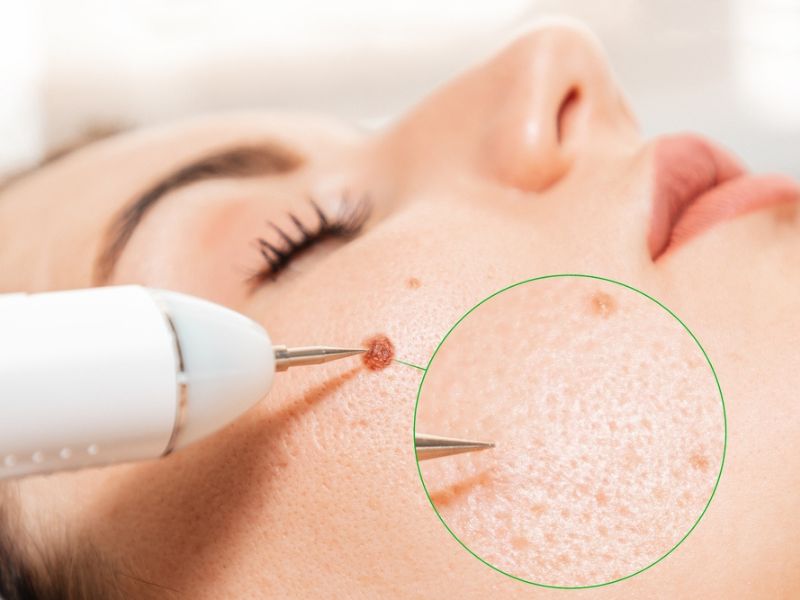Adults usually have between 10 and 40 moles on their bodies. There are quite a few of these relatively harmless skin growths.
An atypical mole can occasionally be a sign of melanoma. Knowing what to look for is crucial.
It can grow from an existing mole, but more often than not, it emerges as a brand-new skin lesion.
Melanoma is often treatable if detected early. If not, it has a 50% chance of surviving.

Image Credit: Shutterstock/PeopleImages.com – Yuri A
But the survival rate for melanoma is less than 50% once it has spread.
Melanoma is more likely to develop if exposed to too much sunlight, use indoor tanning beds, have abnormal moles, or have a family history of the disease. Additionally, those with fair skin prone to burning, red or blond hair, and light-colored eyes are more likely to get it.
People of color are significantly less likely than white people to develop melanoma. Still, vulnerable if they do.
How To Recognize A Suspicious Mole
Use the ABCDE rule, to help evaluate whether your mole is a malignant melanoma.
Asymmetry – One half of the mole wouldn’t be the same size or form as the other if you drew a line through the middle.

Image Credit: Shutterstock/STEKLO
Border Shape – Its edges could be scalloped, notched, or fuzzy, making it difficult to distinguish between the mole and surrounding skin.
Color Difference – Pay attention if the coloring is not even over. The same mole may have pinks, reds, and different tones of brown and black. You might even see some white or blue show as it develops.
Diameter – Bigger than 1/4 inch.
Evolving – The mole is changing its shape or color or enlarging.
As a general guideline, have your dermatologist examine any mole/spot on your body that is growing, crusting, bleeding, or changing substantially.